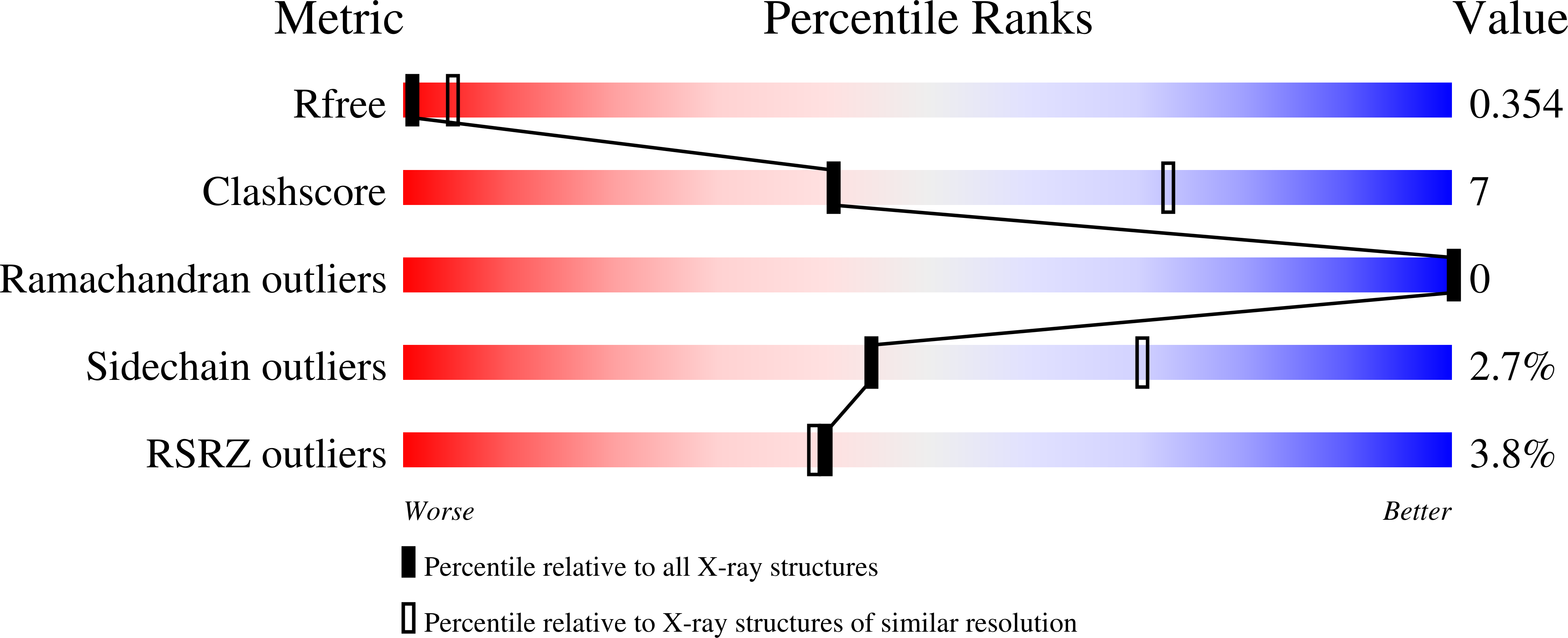
Deposition Date
2023-02-22
Release Date
2023-12-27
Last Version Date
2024-11-20
Entry Detail
PDB ID:
8CN9
Keywords:
Title:
Factor VII binding Fab of the bispecific antibody HMB-001 in complex with Factor VII
Biological Source:
Source Organism:
Homo sapiens (Taxon ID: 9606)
Host Organism:
Method Details:
Experimental Method:
Resolution:
3.40 Å
R-Value Free:
0.35
R-Value Work:
0.30
R-Value Observed:
0.30
Space Group:
P 1 21 1


